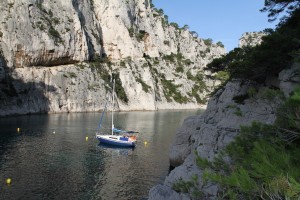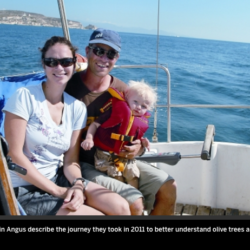We’re currently in Perugia, Italy, an ancient city rich with Etruscan, Roman and Gothic architecture.It is an enrapturing city of narrow streets, capacious churches, and stunning architecture encircled by a towering wall that protected its citizens more than 2,000 years ago.
Here we visited olive expert Dr. Luciana Baldoni and her lab, who are using genetic techniques to discover how the olive tree spread throughout the Mediterranean.It’s fascinating to apply this modern technology to these ancient tree and see how it can add to the story.Olive oil has been used in Italy for 3,000 years or more, imported from further east and produced here as well.But who first grew those olive trees and where did they come from?It’s a convoluted story filled with myth and fact; contradictions are everywhere.But now more than ever we are starting to understand this story and it’s thanks to the work of researchers like those here in Perugia.
We are a part of exploring that story.All throughout this journey we are collecting samples of ancient olive trees and Dr. Baldoni’s lab will analyse those to see what their DNA can tell us about their origin.Will we learn whether olive trees growing at ancient Phoenician sites were brought there by those mariners 3,000 years ago or whether it was the local inhabitants who took wild olive trees and cultivated them.
From here we’ll continue down the eastern coast of Sardinia and explore the ancient Phoenician ruins that dot the coastline and especially the stunning remnants at Nora.

























